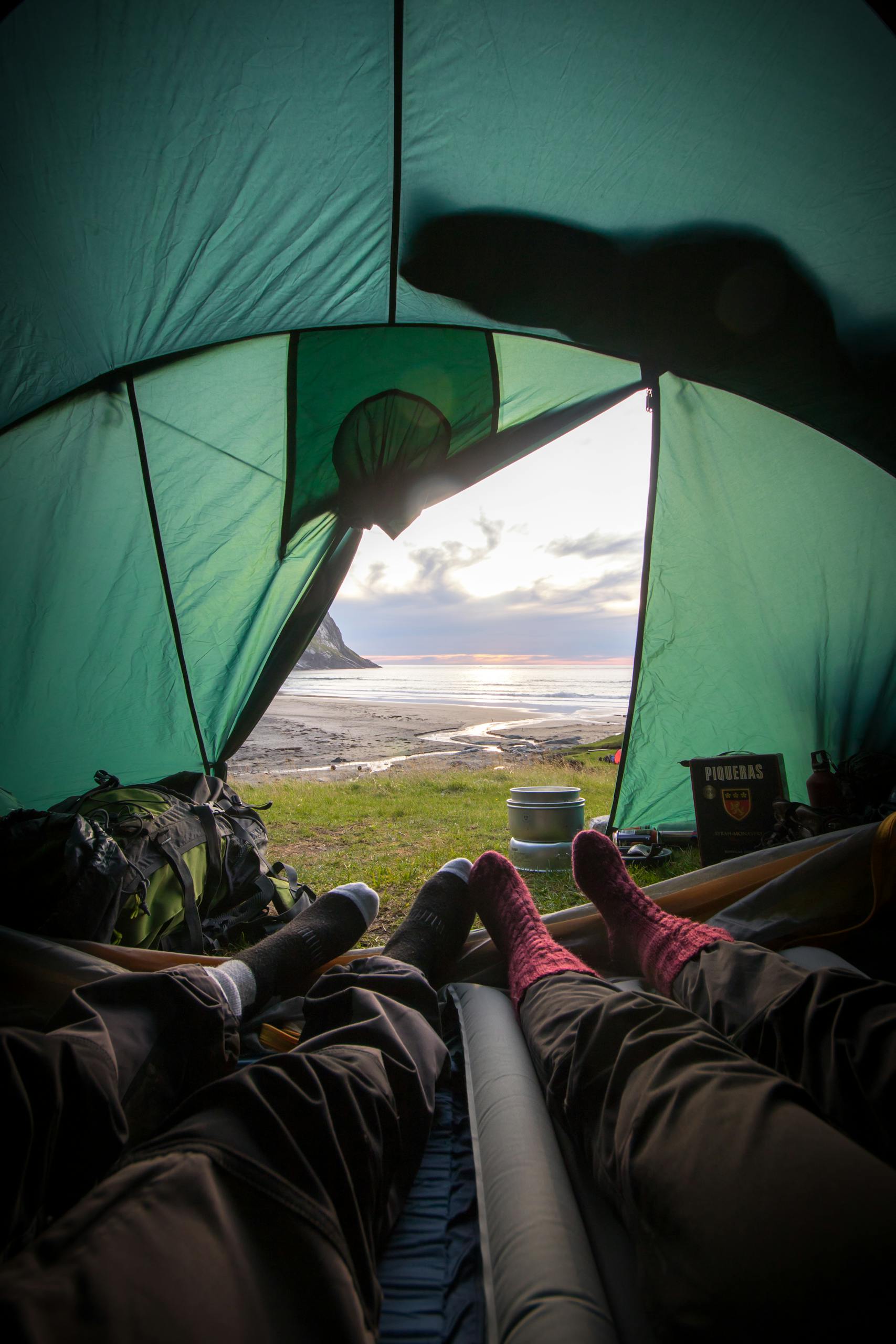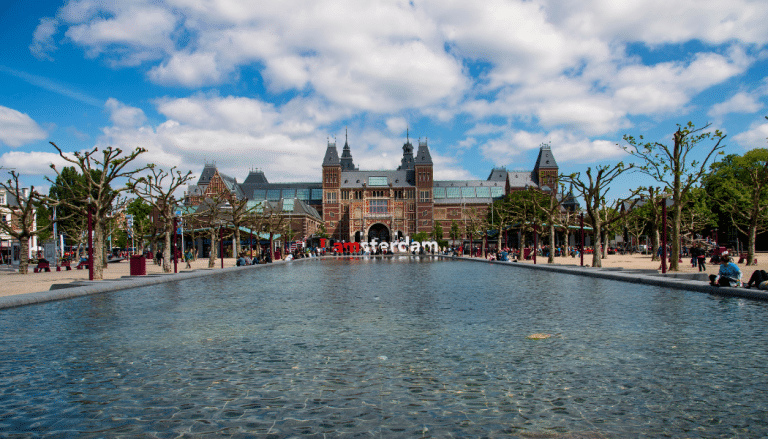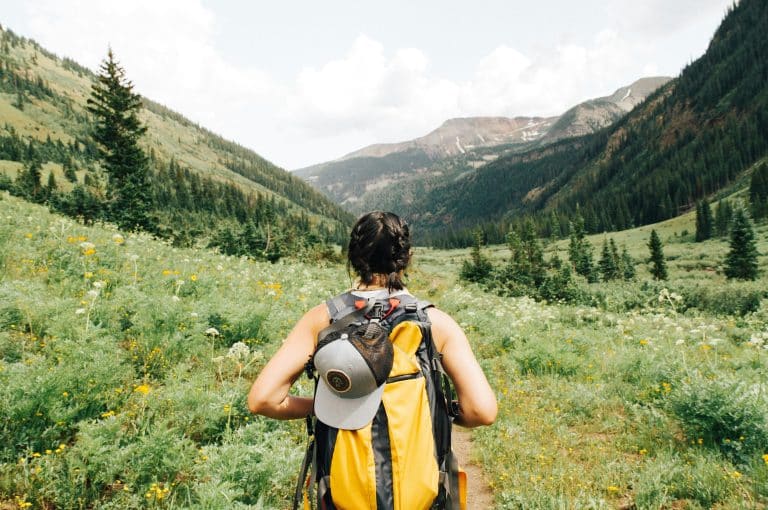The History of Backpacking: How Budget Travel Took Over the World
Introduction
Backpacking today means freedom, budget hostels, and spontaneous adventure. But how did it all begin? Let’s dive into the roots of backpacking, from post-war Europe to Southeast Asia’s rice paddies, and see how it grew into one of the world’s most loved travel styles for young travellers.
The Early Days: Grand Tours & Pilgrims

Backpacking didn’t start as we know it today. In fact, in the 17th and 18th centuries, rich Europeans took the Grand Tour, visiting Italy, France and Greece to study art, language and culture. Essentially, it was a luxury version of a gap year.
Before that, pilgrims had already trekking across Europe or Asia to visit sacred sites. They carried only what they needed, often in a bag on their back.
Post-War Europe & the First Budget Travellers
After World War II, things started to shift. Trains connected cities, and young people began exploring Europe more freely. As a result, the 1950s and 60s saw the rise of Interrail, youth hostels, and the very idea of budget travel for students.
Notably, the Interrail Pass launched in 1972 for young Europeans, giving them cheap unlimited train travel across the continent. That development, in particular, gave birth to a new era of travel freedom.
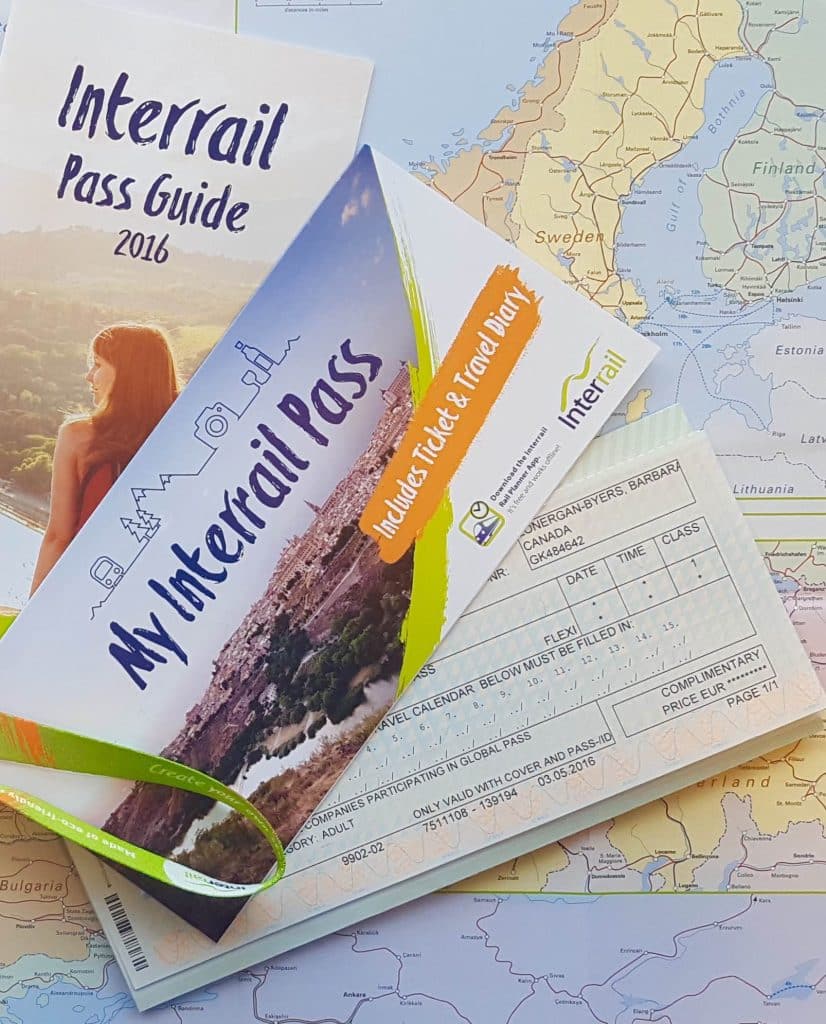
The 70s: The Hippie Trail
In the 1970s, adventurous backpackers created the Hippie Trail, a journey from Europe through Turkey, Iran, Afghanistan, India, and into Southeast Asia.
They didn’t have smartphones or Google Maps. Instead, they relied on guidebooks, open minds, and the desire to connect with other cultures. Consequently, this era laid the foundation for backpacking as a social and cultural experience, not just sightseeing.
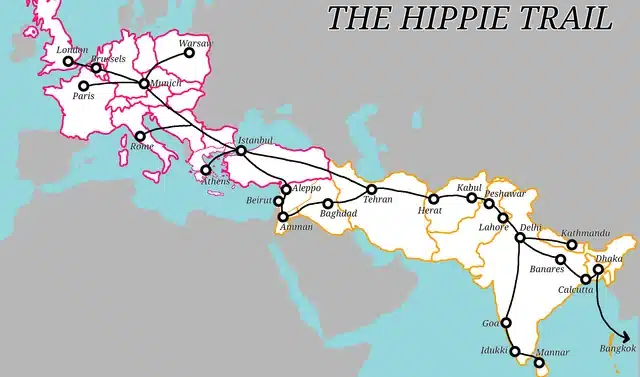
The Rise of the Lonely Planet
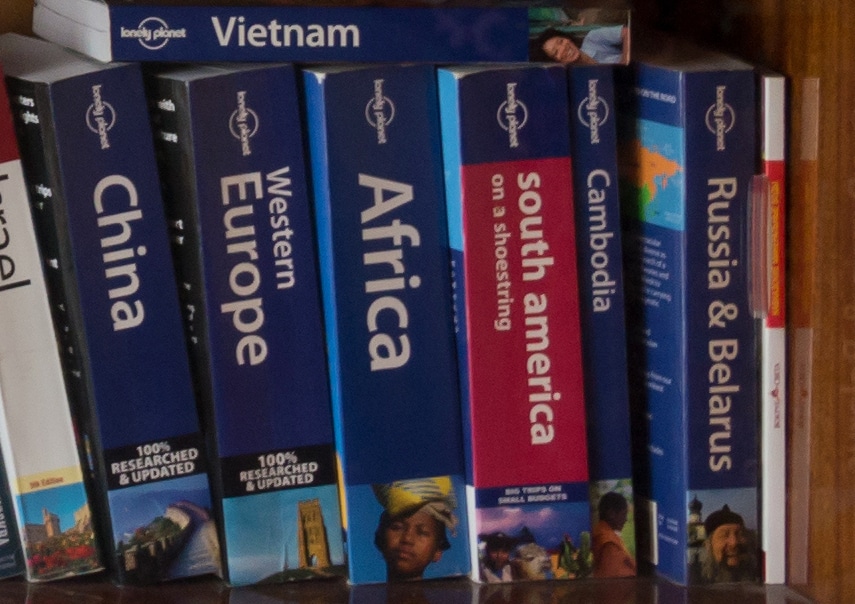
Backpacking exploded in the 1980s and 90s, thanks in part to guidebooks. The Lonely Planet guide, created by Tony and Maureen Wheeler, became a backpacker’s bible. It offered routes, budget stays, and travel hacks for people with small budgets and big dreams.
Hostels opened in more places. Word-of-mouth became key. Backpacking was now a movement.
2000s–Now: Digital Nomads & Instagram Trails
Fast forward to now: budget flights, Airbnb, and remote work changed everything. Backpackers still roam Asia, South America and Europe, but with Wi-Fi, digital maps, and online reviews.
Places like Amsterdam, Bangkok, Bali, and Barcelona became global hotspots for backpackers. Hostels upgraded, adding coworking spaces, yoga classes and pub crawls.
The vibe stayed the same: adventure, new friends, cheap eats, but now with hashtags and hostel stories on TikTok.

Why Backpacking Stays Relevant
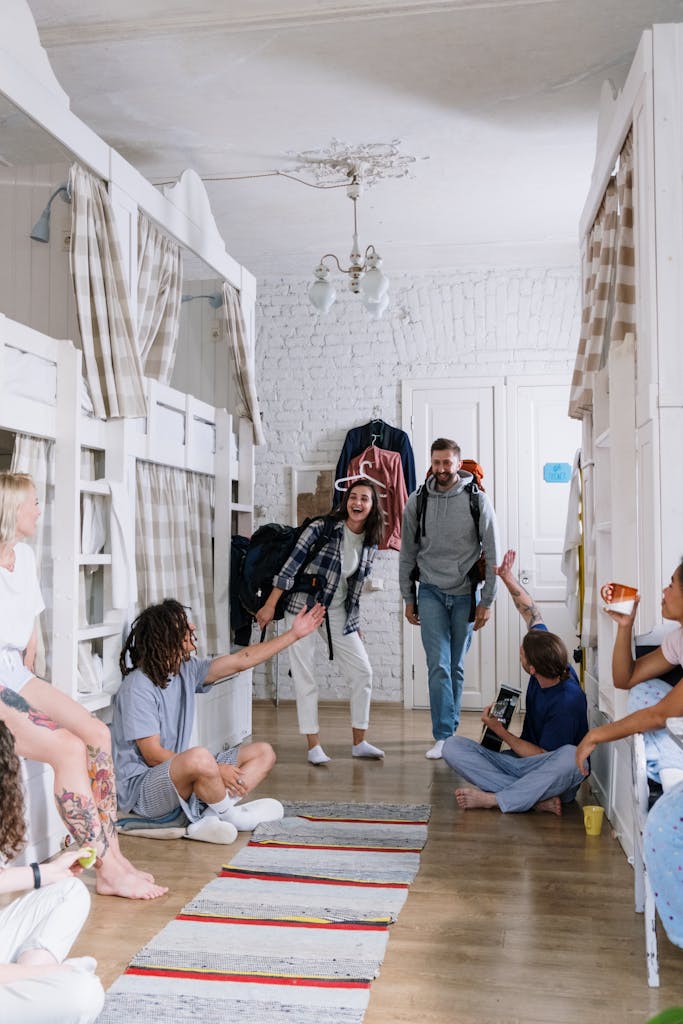
Backpacking isn’t just about saving money. It’s about freedom, learning from others, finding yourself, and doing things your way.
That’s why The Flying Pig Beach Hostel welcomes backpackers from all over, some chasing the waves, others looking to meet people, or just wanting to unplug.
Whether you’re 18 or 38, solo or in a group, backpacking still offers something special: a real connection with places, people and stories.
Conclusion
From pilgrim routes to TikTok travel tips, backpacking has come a long way. But the heart of it stays the same: go light, go far, go with curiosity. And maybe… end up at a beach bar in Noordwijk with your toes in the sand.
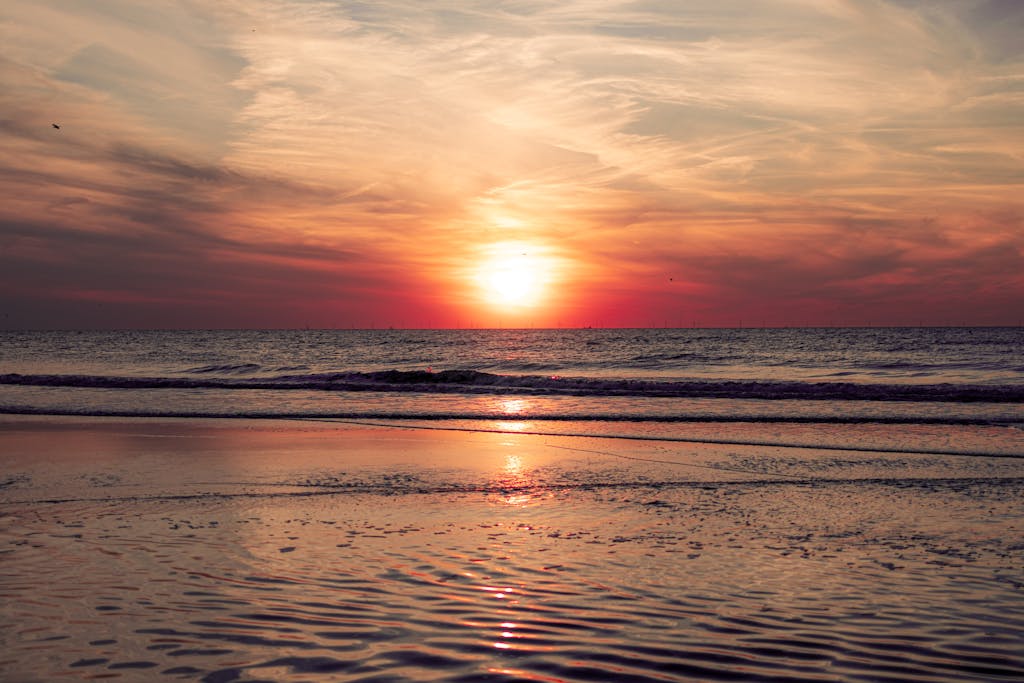
Want to see more of the Dutch lesser-known places? Check our Dutch hidden gems here

